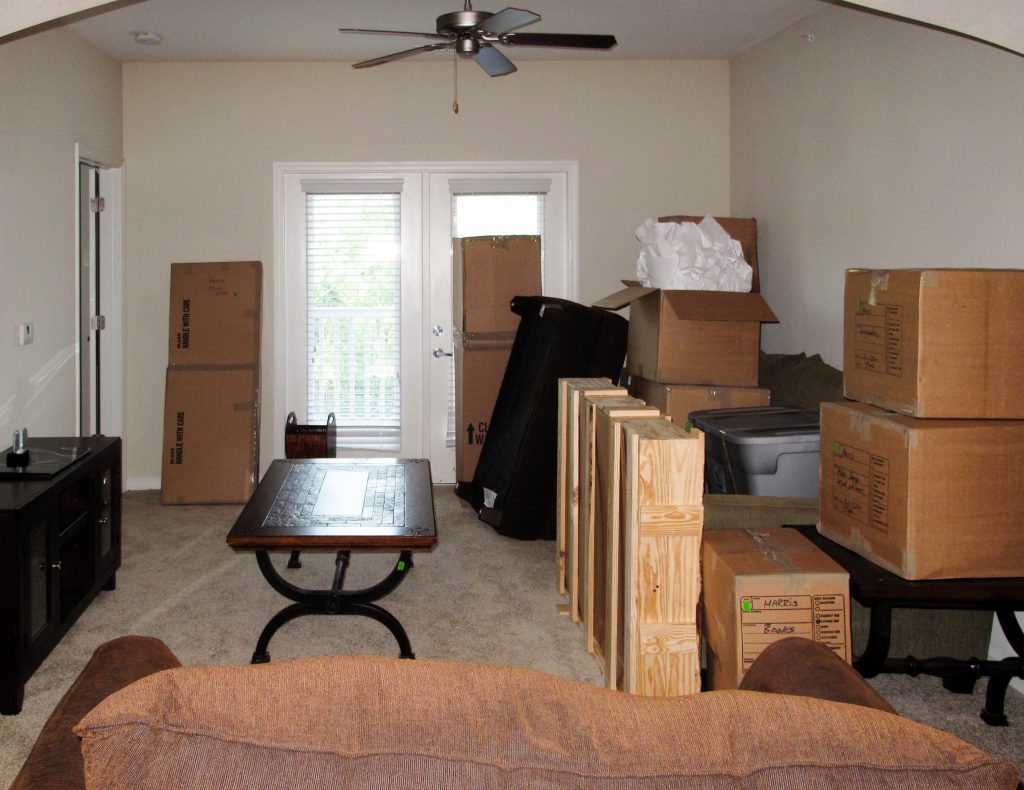I had someone ask me to cover the topic of Photo Organizing this month so here we go! I have never gone too far into this subject here on my blog because it’s quite a HEFTY topic to cover in one post. Here are the basic’s for paper photo organizing systems, I’ll return to cover digital photo organizing another time. It’s helpful to know before you begin if you will be doing this yourself or hiring help. There is an entire trade organization, APPO, dedicated to Photo Organizing!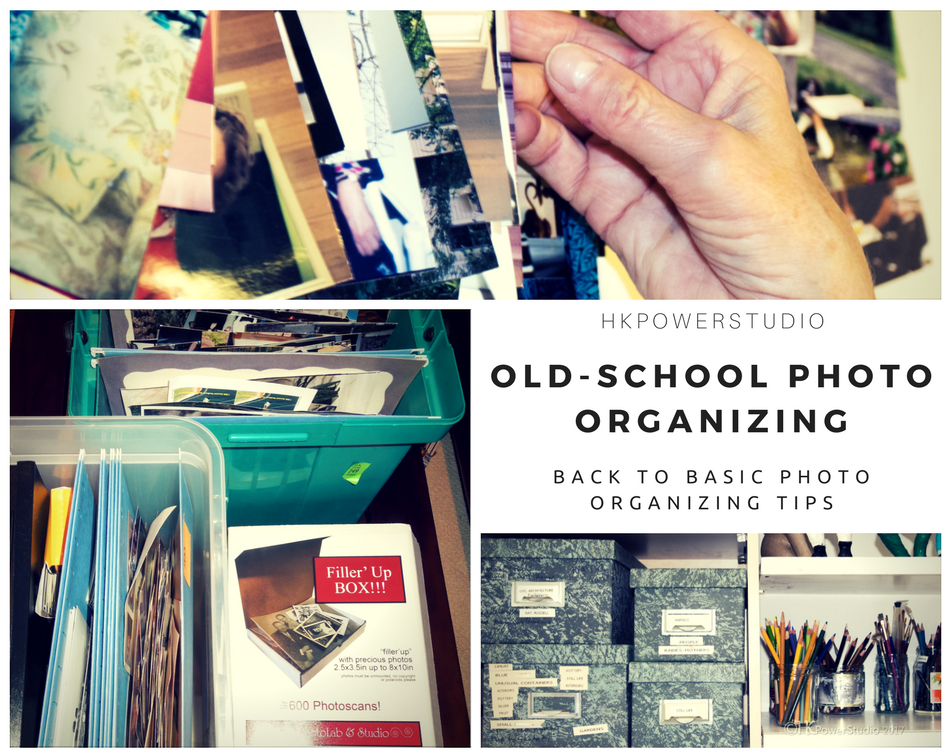 Most of us want to keep at least some photo’s to look at in frames, albums or loosely. But we don’t get to enjoy the photo’s we love because they are in a big jumble with the one’s we don’t care about, the duplicates, damaged photo’s and photos of people you have no clue about!
Most of us want to keep at least some photo’s to look at in frames, albums or loosely. But we don’t get to enjoy the photo’s we love because they are in a big jumble with the one’s we don’t care about, the duplicates, damaged photo’s and photos of people you have no clue about!
Chances are that at some point you will be inheriting old photo’s if you haven’t already.
To Digitize or Not? Since many of us don’t print photo’s anymore, at least we know the quantity of printed photo’s isn’t growing exponentially! If you’re someone who still prints photo’s, stop doing that until you have a great system in place. You may also want to digitize your photo’s but it’s best to sort and purge what you don’t want first, deciding what you want digitized as you go. If you’re beginning this process with the thought of digitizing, you may want to buy a package for this service. Companies like Legacy Box send you a box that you can fill, return and have scanned. The box is returned within 1-3weeks with original photo’s as well as your digital photo’s (on a CD).
Gather all your photo’s into one area to work on. This can be a fun project to work on when your Binge watching a favorite series:) Before you begin, have a method to sort photos into such as file folders, shoe boxes, large envelopes, plastic bags etc.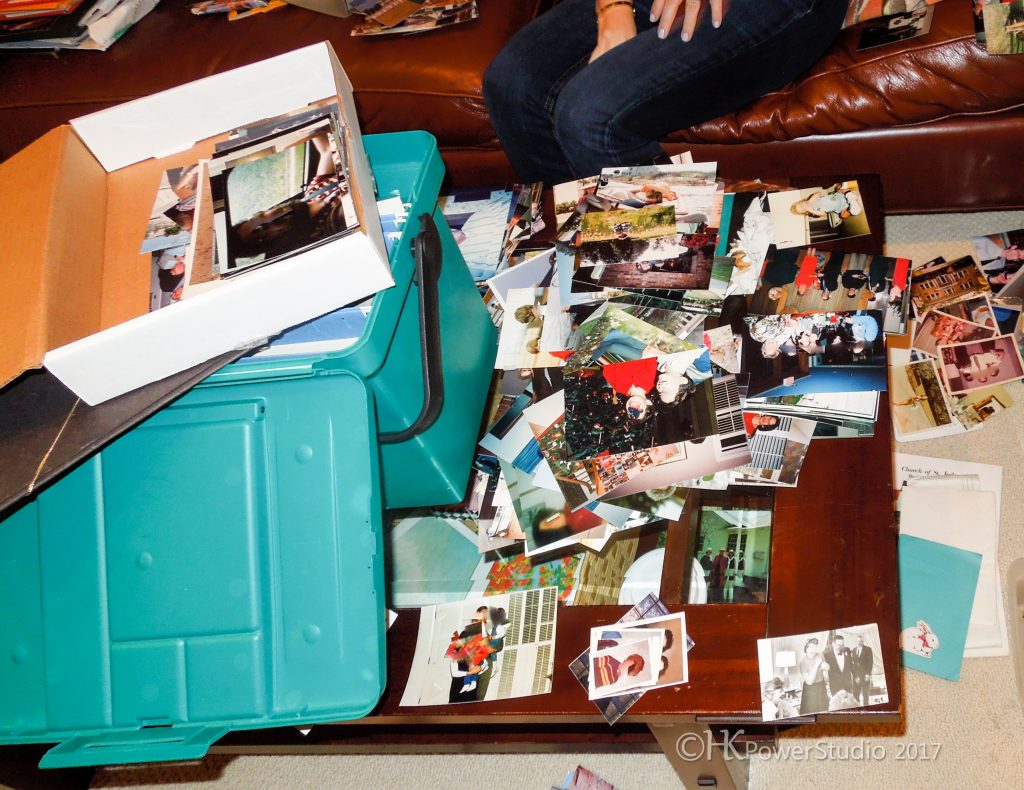 Label with temporary labels to keep track of what you have sorted, eventually permanent labels will be attached to bins or albums.
Label with temporary labels to keep track of what you have sorted, eventually permanent labels will be attached to bins or albums.
Handling…if you have very old, fragile or valuable photo’s you may want to wear lint free cotton gloves while working on photo’s to keep oils and moisture from damaging them. You can also wipe the photo’s gently as you go. If you find photo’s stuck in albums, don’t force them. Try prying up a corner with something like a flat spatula and dental floss! The floss can be used to “saw” the under side of the photo from the adhesive backing. If you still can’t get it, set it aside and get professional help. Don’t write directly on the backs of photo’s with anything other than an archival pen, I like these.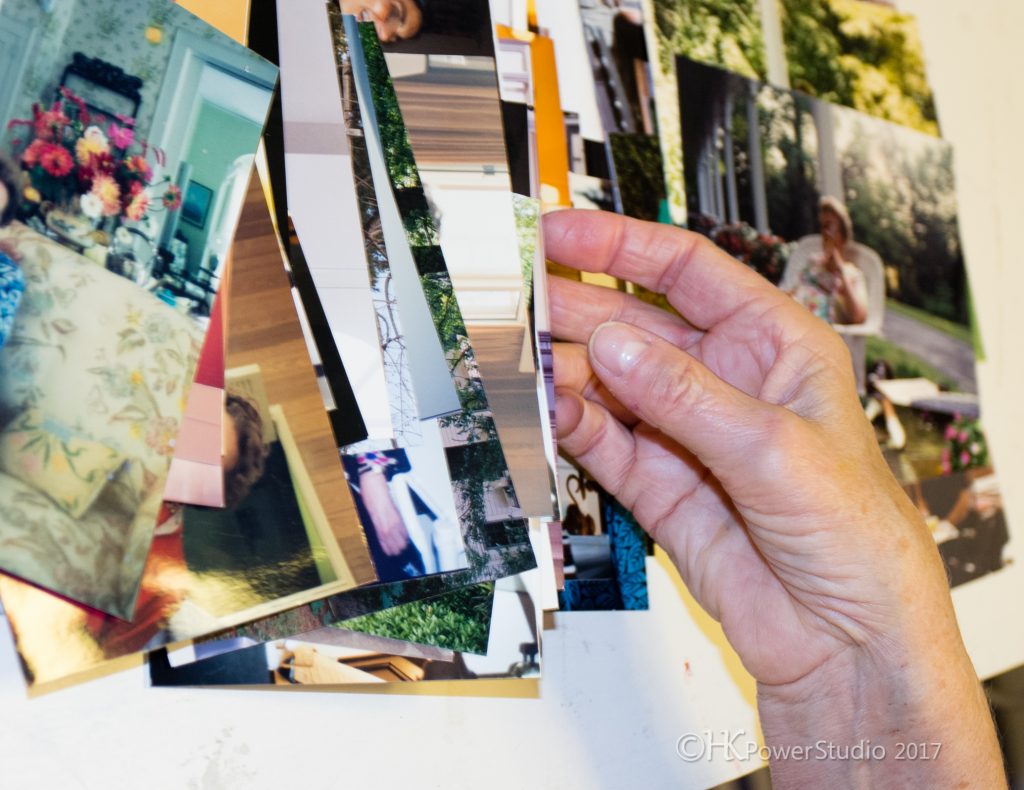 Sort photo’s chronologically and/or by event or person. Your system may be some combination of these. As you start the process of sorting and purging, think about other family members or friends who you might want to send photo’s to and set them aside (labeled) to give them when you’re done. If you’re not sure who someone is, snap photo’s of the photo’s as you go and text or email someone who might be able to help you ID them. It can be fun to share “vintage” photo’s with family and friends as you go! Keep track of what size the majority of your photo’s are and if you plan to organize into albums or boxes, this will be important to know.
Sort photo’s chronologically and/or by event or person. Your system may be some combination of these. As you start the process of sorting and purging, think about other family members or friends who you might want to send photo’s to and set them aside (labeled) to give them when you’re done. If you’re not sure who someone is, snap photo’s of the photo’s as you go and text or email someone who might be able to help you ID them. It can be fun to share “vintage” photo’s with family and friends as you go! Keep track of what size the majority of your photo’s are and if you plan to organize into albums or boxes, this will be important to know.
Storage can be decided on once you have finished sorting and you know what size collection you have. If you plan to digitize, send the photo’s off at this point. Do your research before you buy storage containers. Look for Archival quality boxes and albums. If your photo’s are standard 4×6 or 5×7 you will have a lot of options to choose from. Remember that larger boxes will get very heavy. Use archival paper dividers to further separate photo’s by category or date and label the cards with detailed information about events, family members etc. Don’t use sticky notes or clips that can damage the surface of original photo’s. If you have negatives that correspond to the photo’s you are keeping, label the plastic sleeves they come in to correspond to the storage system you are creating and store negatives separately. Keep your photo’s in climate controlled, low humidity and light conditions to best preserve them. Cross reference storage-Note in your photo box what negatives and digital photo’s you have copies of and where they are stored (on CD’s, cloud, external hard drive, separate bins etc).
Cross reference storage-Note in your photo box what negatives and digital photo’s you have copies of and where they are stored (on CD’s, cloud, external hard drive, separate bins etc).
Maintain your system on a regular basis if you are adding to your paper photo collection or if you inherit photo’s. I’ll share tips for organizing your digital photo’s in a later post. This is a great time of year to work on photo organizing and perhaps create some beautiful books with some of the old and new photo’s you come across. Have fun traveling down memory lane!
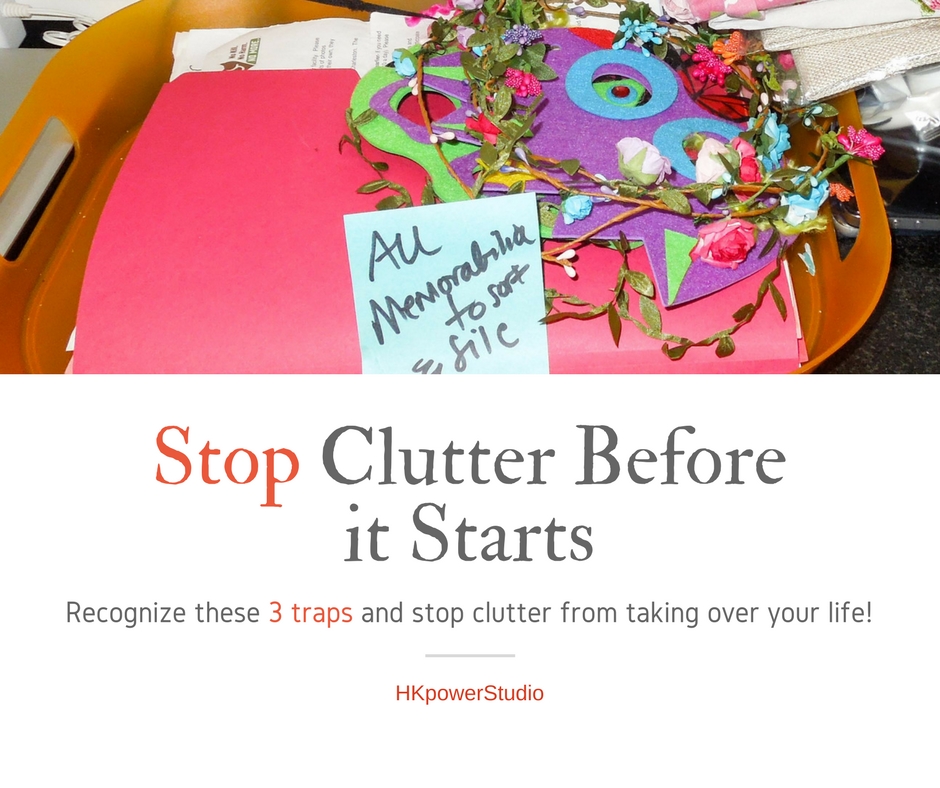
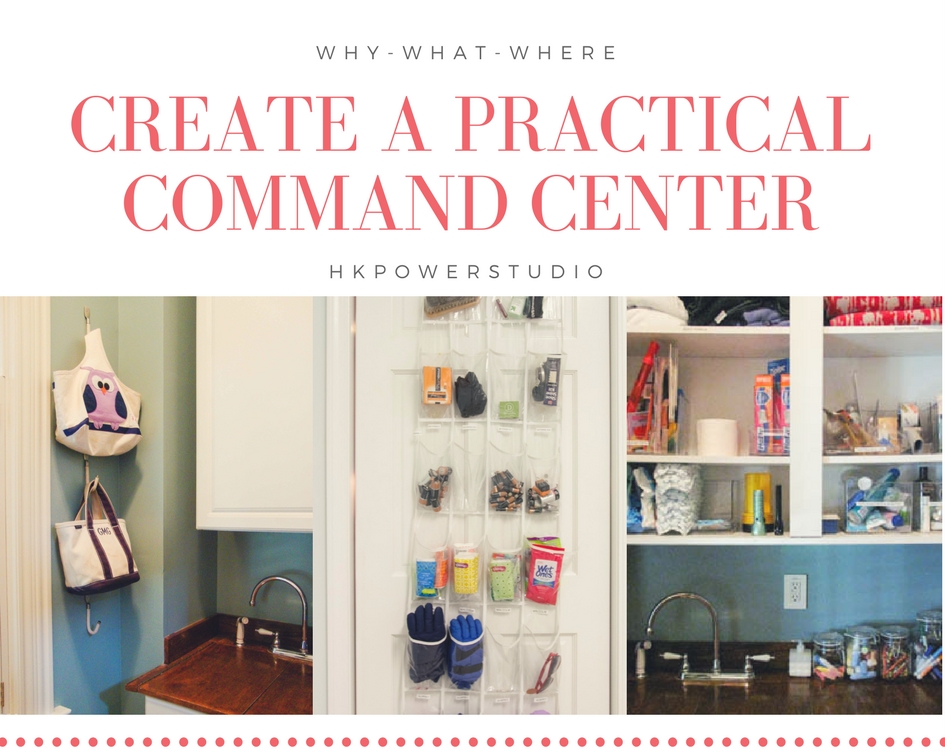
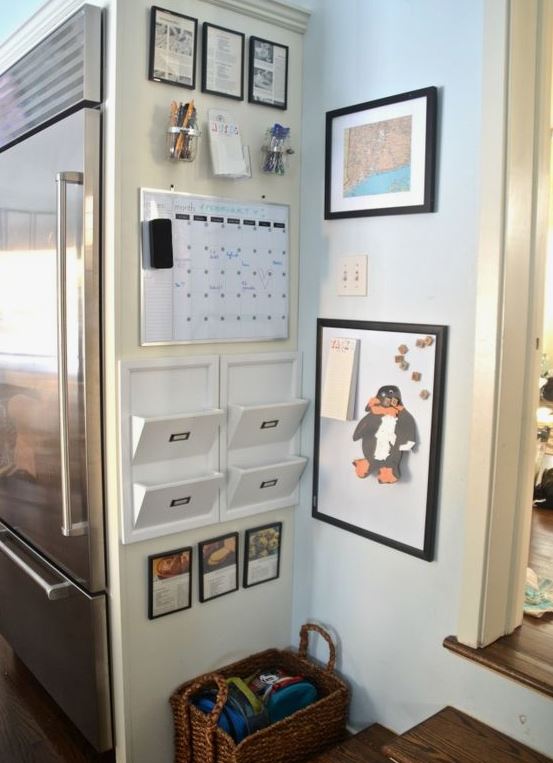
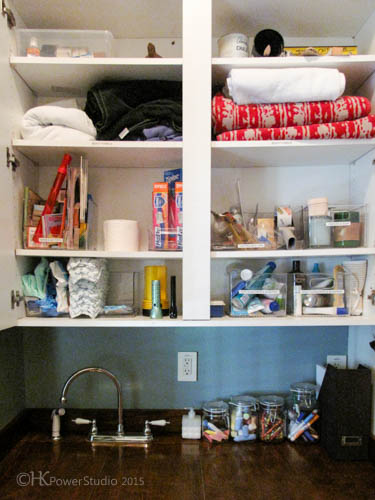
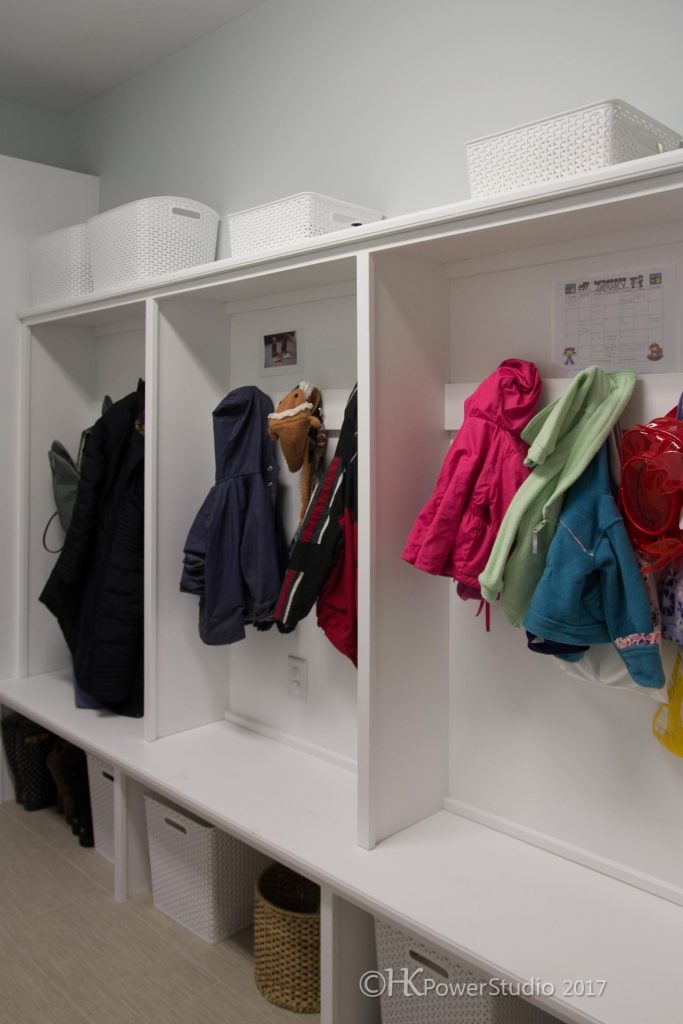
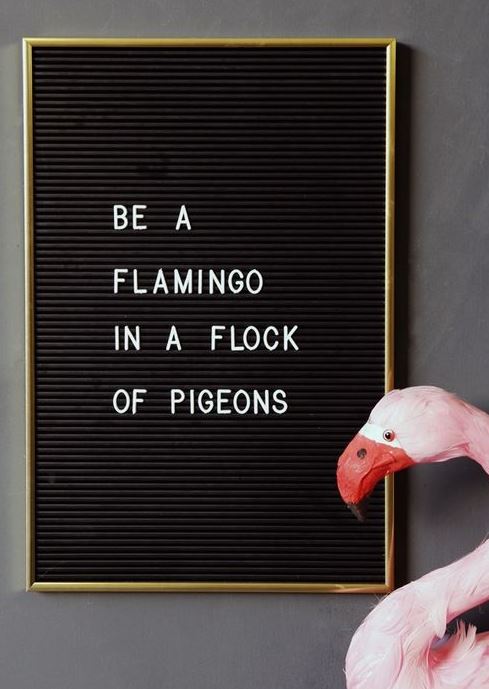

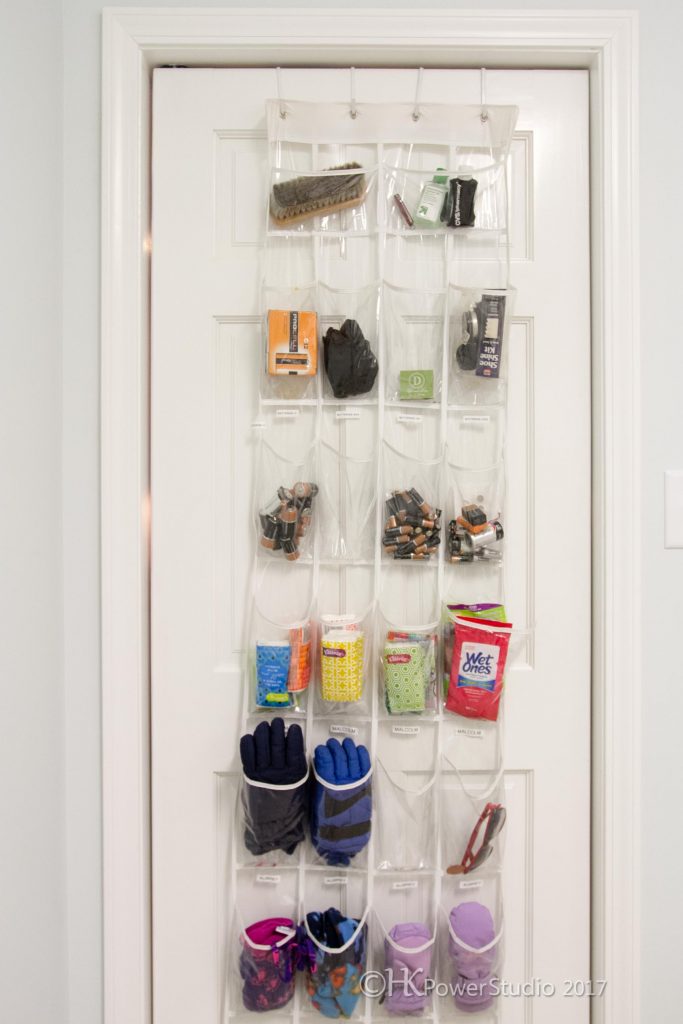
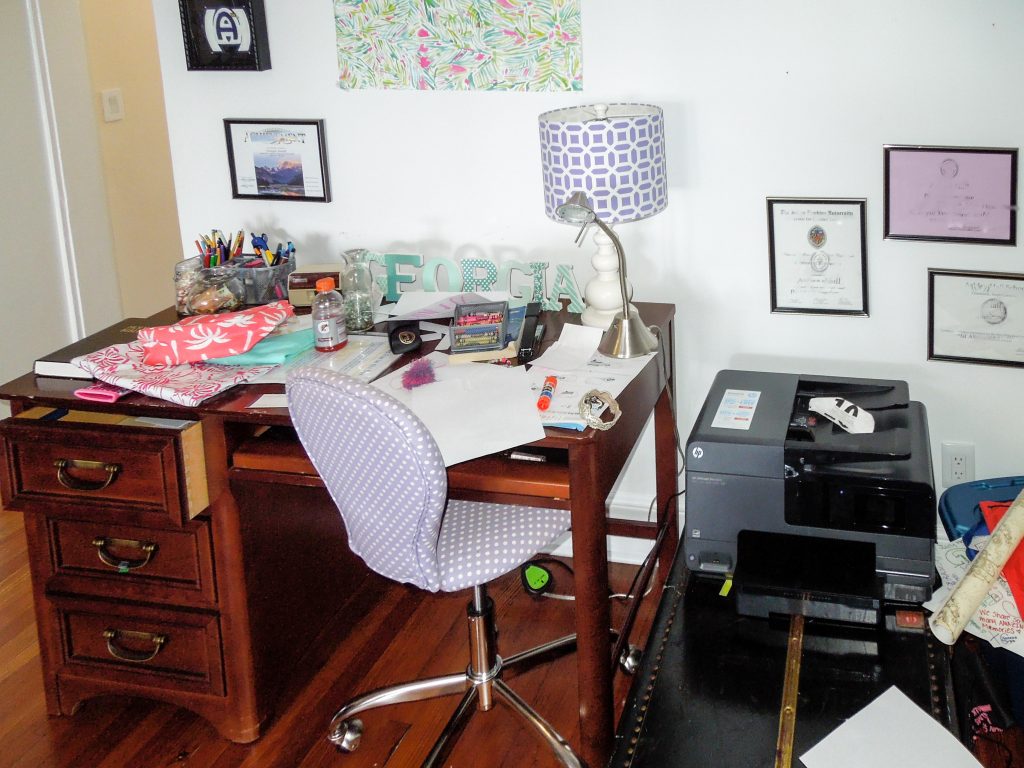
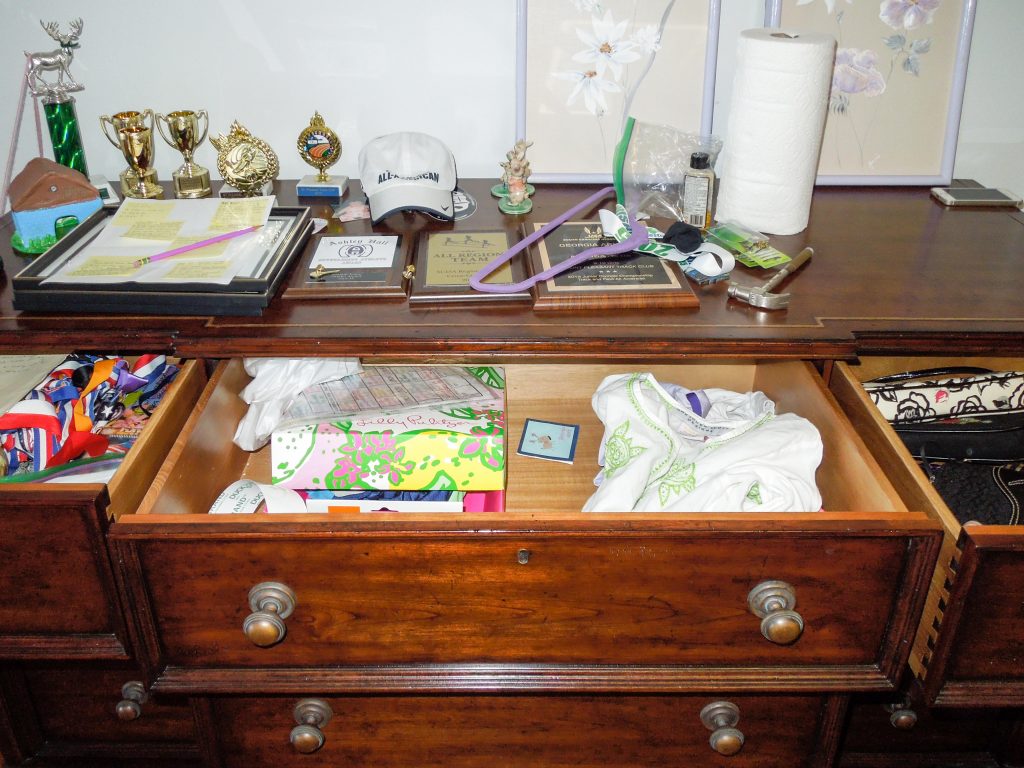 With her help, we cleaned out her dresser and closet, the nightstand and small table at the end of her bed and decided what items (less used etc) could be kept in the dresser outside her room.
With her help, we cleaned out her dresser and closet, the nightstand and small table at the end of her bed and decided what items (less used etc) could be kept in the dresser outside her room.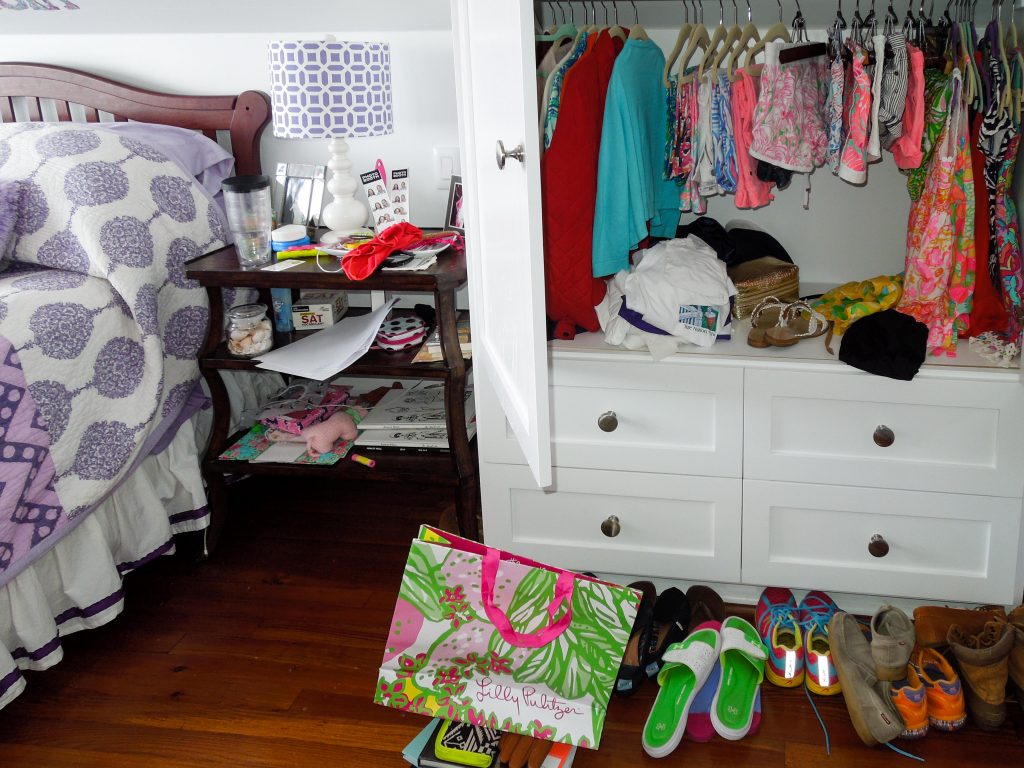
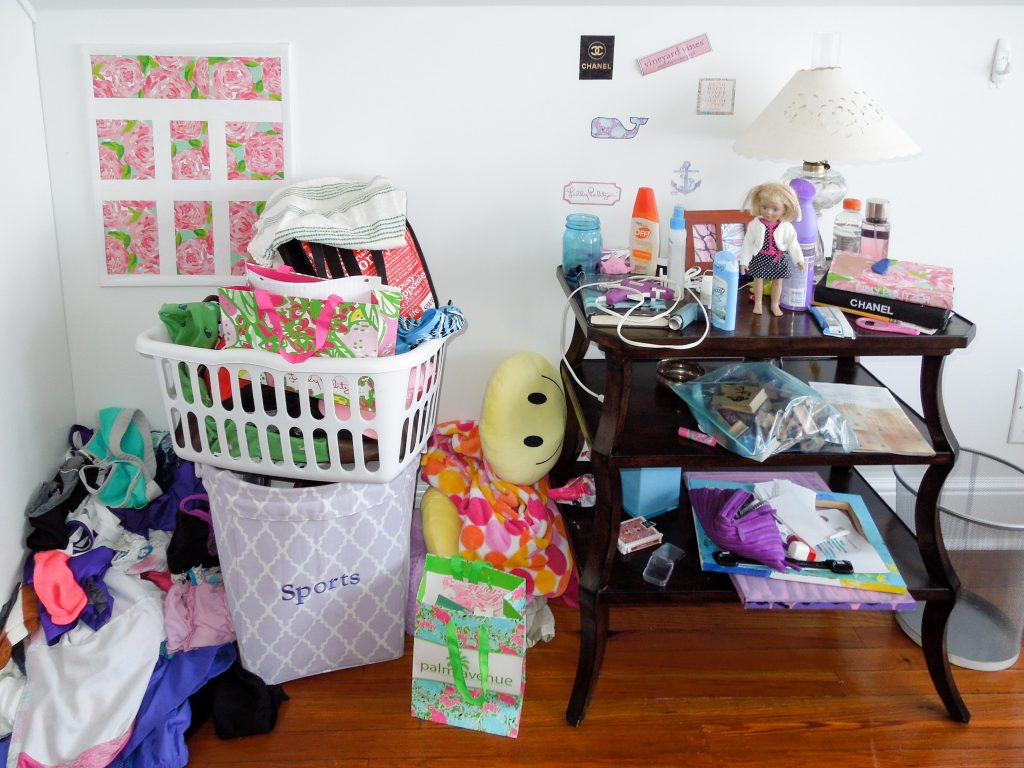
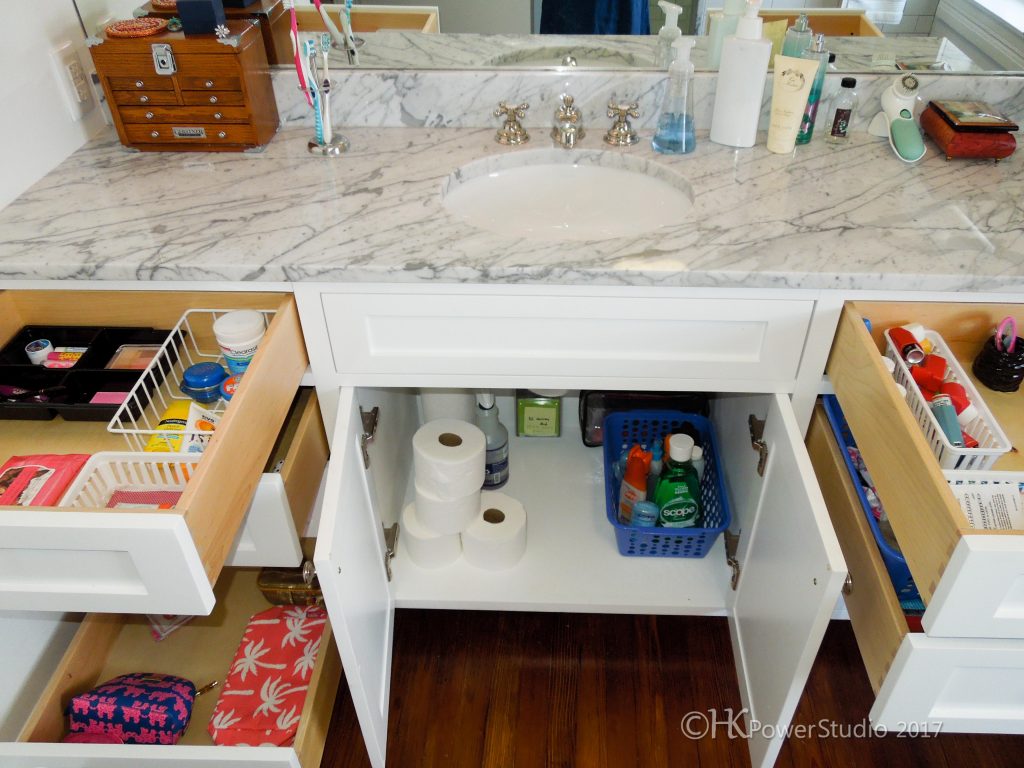
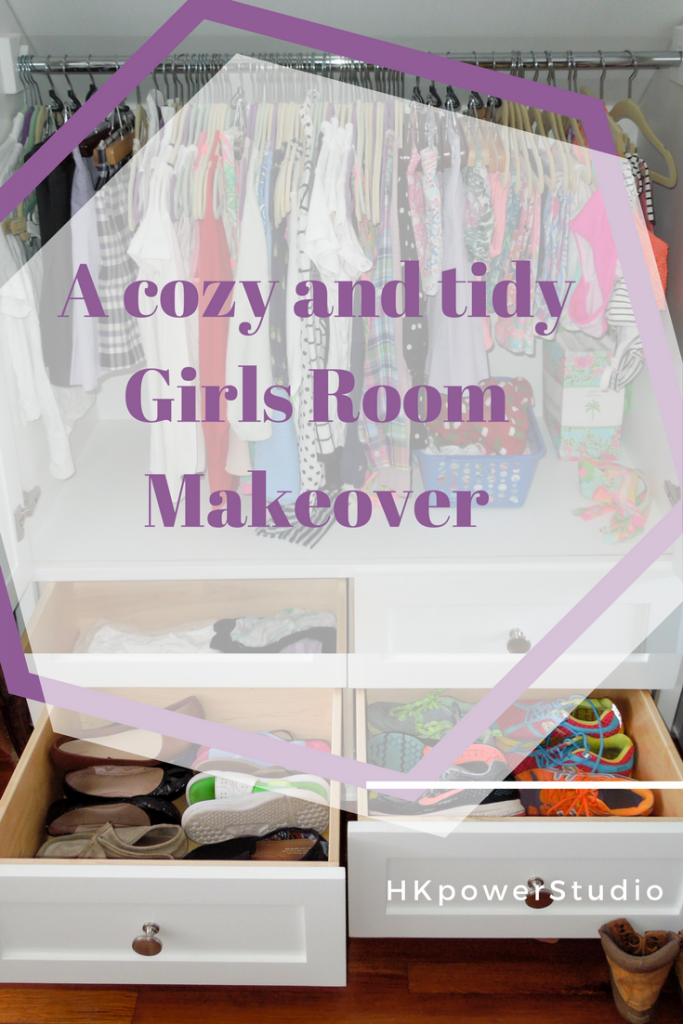
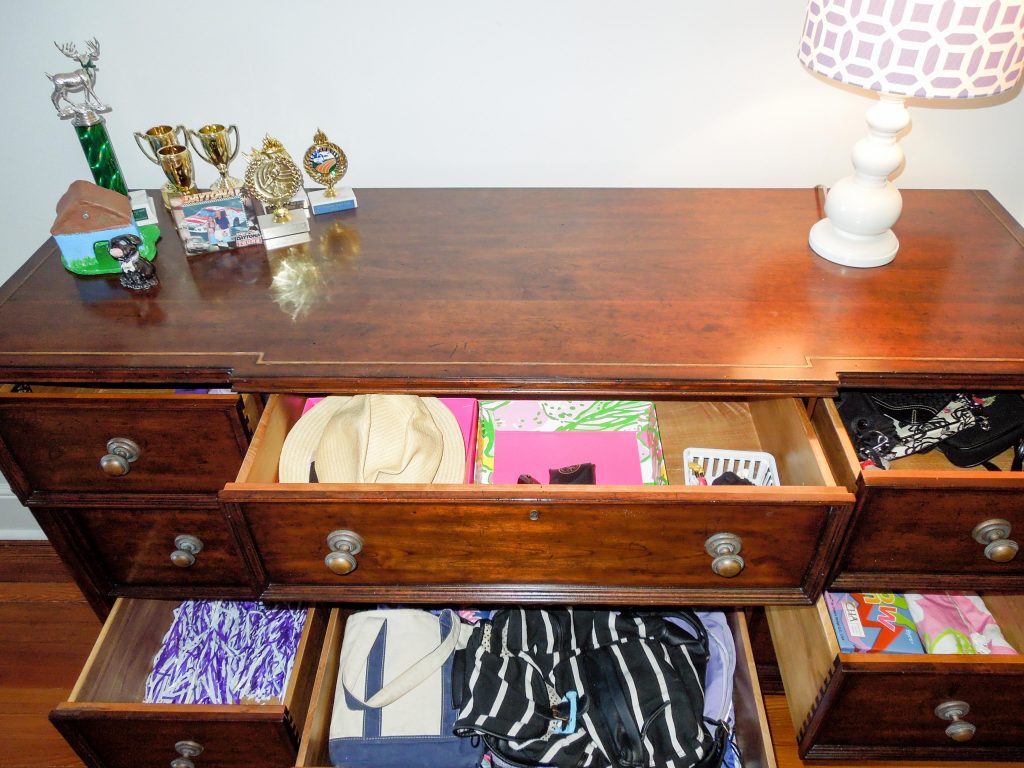
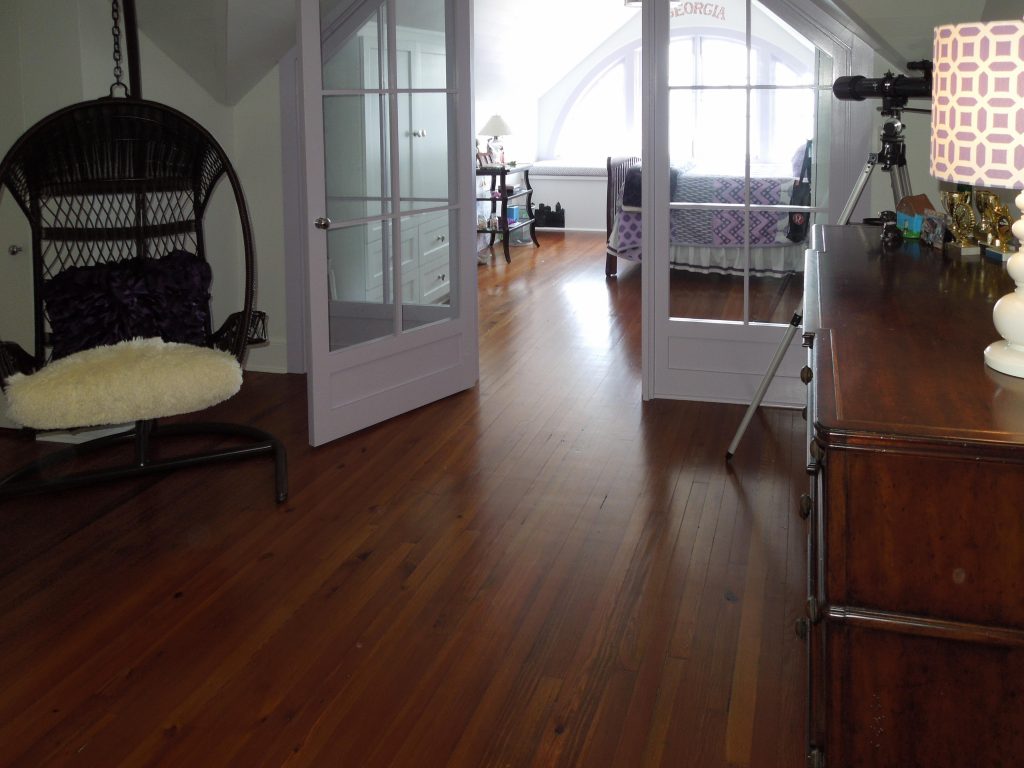 Since her desk was not being used in the space outside her room, we moved it to the wall opposite her bed. She now has space to do her homework in her room, on her bed or at her desk.
Since her desk was not being used in the space outside her room, we moved it to the wall opposite her bed. She now has space to do her homework in her room, on her bed or at her desk.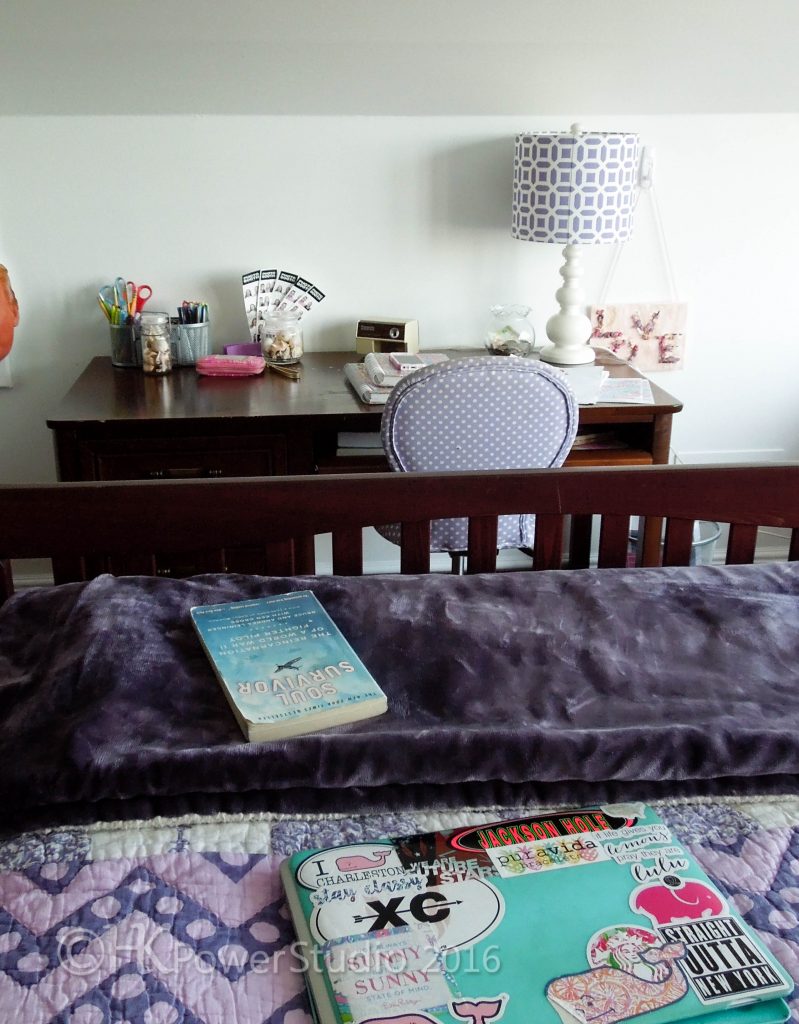 She’s taken to keeping things organized as much as a pre-teen takes to anything! She continues to come up with her own clever organizing solutions.
She’s taken to keeping things organized as much as a pre-teen takes to anything! She continues to come up with her own clever organizing solutions.
